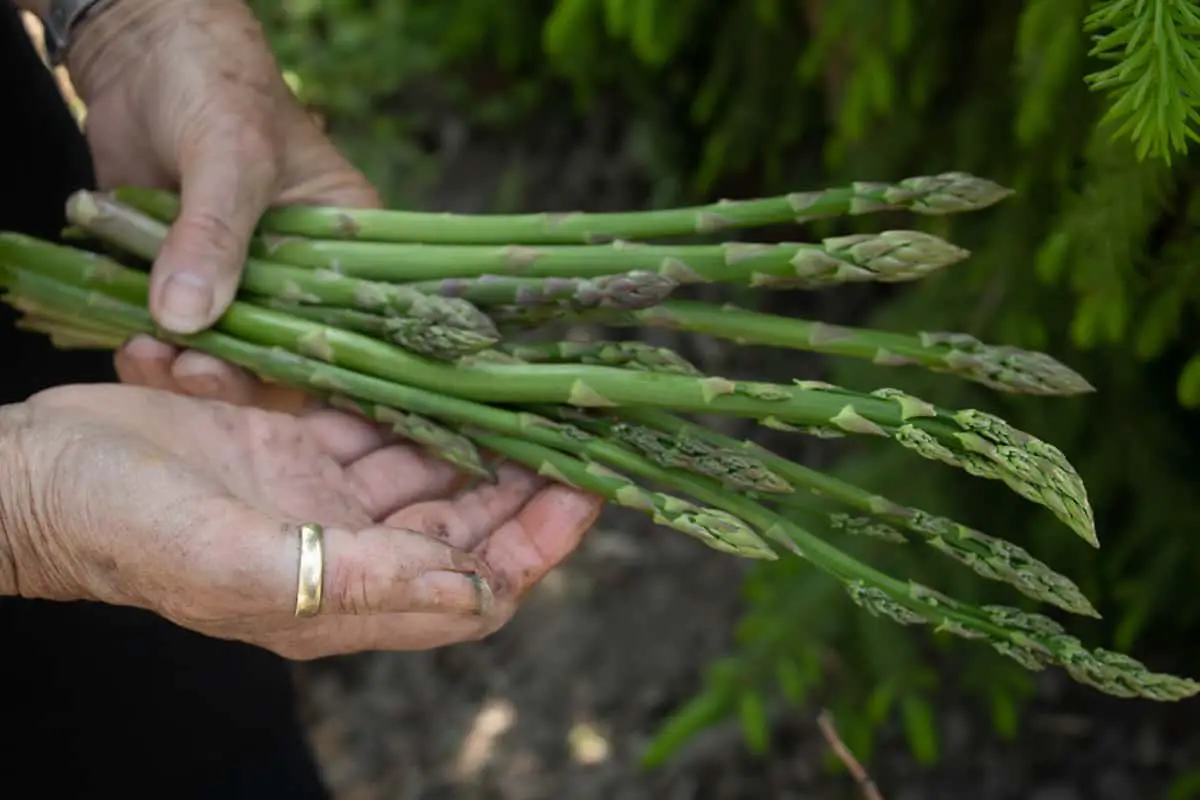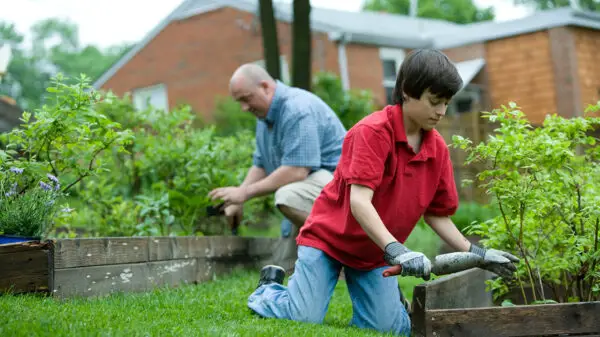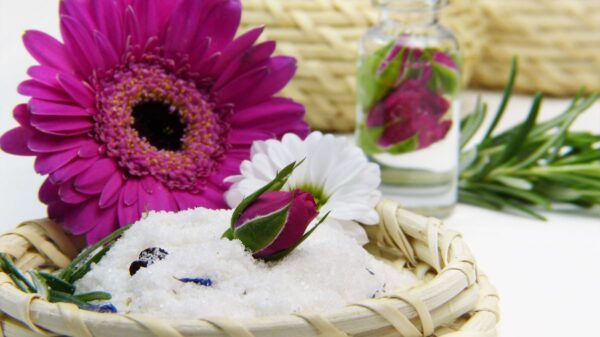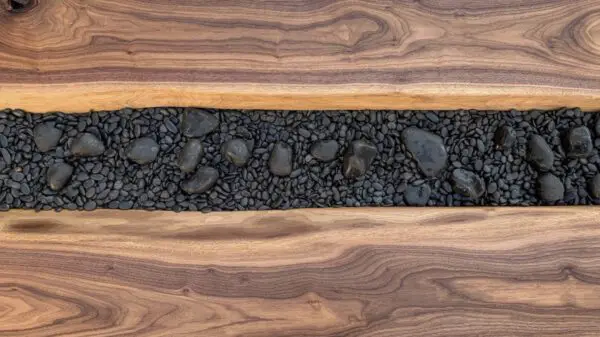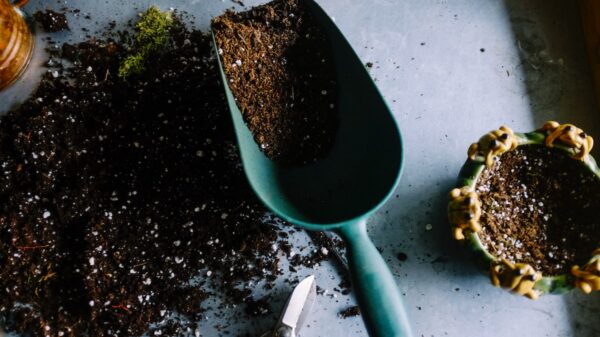How to Grow Delicious Asparagus in Your Garden
Spring is here! As the weather gets warmer, it’s time to start preparing for planting your vegetable garden. If you want to grow something that will provide you and your family with nutritious home-grown food then one of the easiest crops to grow is asparagus. Asparagus typically takes a little over two years (depending on the variety) to mature.
Starting with a young plant is ideal if you want to enjoy harvesting the spears right away. First, let me say that asparagus is a wonderful crop if you have the time and energy to devote to it. Asparagus is a perennial crop that adds beauty and productivity to the home garden. It is also an excellent choice if you’re looking for a native plant species that will attract beneficial insects.
Here are six tips that will be beneficial for growing a successful asparagus crop: choose your variety, purchase the right size plant, plant in full sunlight, water consistently, fertilize at planting time and harvest as your plants mature.

Best Time to Plant Asparagus
Planting asparagus, which is the crowns’ roots, will give you an annually renewable supply of spears for up to 20 years. There are opinions that you should plant in spring or fall depending on where you live.
For warmer climates, it is recommended to plan in January or February, while cooler climates recommend you plant in September or October. For cooler climates, asparagus crowns should be planted in mid-autumn (October) to early spring (April).
They require full sun and relatively light, well-drained soil. Planting in the fall is also a great option, but you will need to give the plants cold protection. The best time to plant asparagus is in the fall when the soil temperature is between 40° F and 50° F. Asparagus roots cannot take any frost damage so do not plant if there is a chance of frost.
Early spring frosts can kill spears, which will prevent shoot development for that year. If you live in a climate with early spring frosts, you can protect the crowns of your asparagus plants by covering them with 4 inches of straw mulch; this will help prevent frost damage. The crowns need to go dormant over the winter (i.e. the plant goes into an inactive state).
Shoots that do not go dormant will be stunted the following year. In mild climates, this occurs naturally, but in colder climates, it is best to mound soil 3-5 inches above the crown in the early Fall.
If you’re new to growing asparagus at home, here are six tips for getting started:
1. Choose Your Variety
Asparagus is usually divided into two main types which are “Jersey” and “Improved”. Jersey is an heirloom variety that can produce well in most climates and will typically take around three years to bear fruit. Improved varieties, such as Martha Washington and Mary, grow faster and bear more quickly than Jersey types.
They also tend to require slightly less fertilization. If you’re planning on planting asparagus for the very first time, go with an improved variety – you won’t have to wait as long for your first harvest.
Renewing your stand is easy and inexpensive, so it’s smart to buy only two-year-old crowns for planting. Asparagus beds can be started from seeds but such efforts may not result in harvest size plants until they are five years of age or older.
2. Purchase the Right Size Young Plant
When it comes to purchasing a young asparagus plant, size does matter. To begin with, make sure to purchase one that is around six inches tall, which will be large enough to establish good roots and be well on its way to mature growth.
Avoid tiny seedlings that are less than a couple of inches tall since these will require a lot of care and usually won’t develop into full-grown asparagus plants.
3. Plant in Full Sunlight
Even though asparagus needs lots of sunlight, it’s important not to plant the young plant directly in the sun. Instead, begin by placing it where it will receive only 4-6 hours of direct sunlight per day.
After about three weeks, gradually move the plant into an area that will receive six to eight hours of sunlight each day (this may include morning or afternoon sun). Be careful not to expose your asparagus plant to too much sunlight too quickly, as the plant will scorch and die if it’s left in direct sunlight for extended periods.
Asparagus should not be planted too deeply (top of crown at surface level is the norm) and they like to be planted in mass. Plant them about 12-18 inches apart (depending on how much room you have) in a grid or checkerboard pattern.
When planting asparagus crowns, keep them upright, fern end up and roots coiled in the pot (this ensures that they are not dry). Plant them at or slightly below the soil surface (about one to two inches deep).
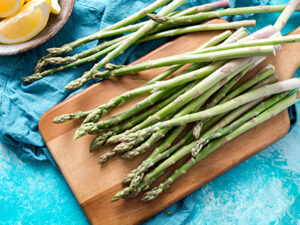
4. Water Consistently
Water your asparagus well but do not let the soil become waterlogged. Watering can be done with a soaker hose or drip irrigation system that will supply the moisture directly to the roots.
Applying 2 – 3 inches of mulch around your asparagus plant is also recommended to help conserve moisture and suppress weed growth that can compete with your young plants for water. Asparagus does not like to be watered very often, just when the soil is dry about 3 inches down and then it needs a good soaking. The less water it gets the better it will taste!
5. Fertilize at Planting
If you’re planting a young asparagus plant in your garden, be sure to feed it some organic matter before it is set into the ground. Spread a one-inch layer of compost or manure around the base of the plant and mix lightly with the soil below.
Water well after planting to get things off to a good start for your asparagus plants. Asparagus prefers deep well-drained soil – this means it should be easily 8 feet deep if you want to produce lots of spears; if it’s heavy clay, it needs to be even deeper.
6. Harvest As Your Plants Mature
When you’re growing asparagus at home, you will need to protect the crowns of the plants by harvesting only mature shoots at first. The spears will grow about an inch per day, so simply cut them with a sharp knife when they’re six to eight inches tall.
Each plant can typically produce for seven years before it needs to be replaced. If the plant starts producing smaller spears or if they become stringy and tough, it’s time to take your asparagus out and plant a new one.
Planting Experience
Year after year, I get at least one email from someone who just planted an asparagus bed or has been growing for several years but still does not understand why they are getting only small spears. They want to give up or dig it all up. I even heard of someone who gave away their asparagus bed because they were frustrated that the spears were so small.
What they are experiencing is completely normal for this crop which has certain cultural requirements if you want to ensure a good harvest next year. Here’s one trick to increase your yield at least 30%: after the harvest season, cover the bed with black plastic for about four months. This will keep the soil warm and force the plants to produce larger spears next year!
Be Aware
When planting asparagus crowns, there are a few things to be aware of that might increase your yield and decrease your time spent removing weeds.
Insects
First, if you have ever had trouble with asparagus beetles in the past, it is important to know that these insects will also eat ferns. Planting ferns beside your asparagus may attract the beetles and disrupt your fern’s growth by keeping them too close to the asparagus.
Mulch
Second, if you choose to mulch around your asparagus it is important not to use hay or straw. These mulches increase weeds and decrease the production of your asparagus. Mulching with leaves, pine needles, or grass clippings is best for your asparagus.
Disease
Third, if you are planting in an area that has an increased risk of disease (such as near a diseased patch) it might be helpful to plant resistant varieties. The disease can sometimes slow down production and increase the need for weed removal. By choosing resistant varieties, you may decrease your chances of disease affecting your plants.
Removal
Fourth, when harvesting asparagus, it is important to use caution when removing the ferns. If you do not remove them carefully, they can retain water and promote rot which may lead to disease in your plants. It is also important not to harvest too much at once – this can leave small stumps that are harder to remove in the future.
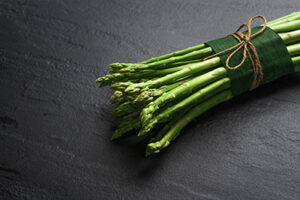
What Kind of Garden Should You Plant Asparagus In?
Asparagus that is grown from seed is not always true to type. To ensure that the crop you grow has similar characteristics to those of the plant you have selected, it is often best to obtain the crowns of plants growing in someone else’s garden or buy them from a plant nursery.
It will then be known that there are at least two female flowering stems – this is essential for crop production.
Good Quality Soil
Asparagus needs to be grown in well-dug soil that is relatively high in organic matter. The pH should be between 6 and 7. If the soil is too acid, add limestone before planting.
Dig in plenty of well-rotted manure or garden compost for a good yield. In heavy soils, it may be necessary to plant asparagus on raised beds to allow for drainage Dig a trench at least 30cm deep, at least 90cm wide, and as long as your longest row.
Spread some well-rotted manure or garden compost on the bottom of the trench. Place your crowns in the trench with their ‘eyes’ about 5cm below soil level. Space crowns 25cm apart along each row, but place them closer together if you want to produce smaller spears.
Cover With Mulch
Cover with soil and then with around 15cm of straw or other mulch material, which will help prevent weeds from growing up between plants. If you are planting asparagus plants purchased from a garden center rather than growing them yourself, allow at least three years for them to mature to the stage where they are ready to produce a crop.
Asparagus takes up little space in the garden, but is heavy feeders and needs plenty of water during dry periods. It also prefers slightly acid soils with a pH of around 6.5-7.0, so if your soil is more alkaline you will need to add powdered limestone to the soil before planting.
Use Fertilizer
Older bushes will benefit from a side dressing of fertilizer, such as an organic product that is high in potash or bonemeal, both of which are organic sources of phosphorus and potassium respectively. Organic growers could use seaweed meal instead. For best results grow asparagus crowns in the ground rather than in containers or raised beds.
The most important thing is to plant them in soil that is loose and rich in organic matter. The compost should be well-rotted – it is best not to add fresh manure at planting time, even when using a general garden fertilizer, as this can burn the roots of the young plants.
Don’t let asparagus season pass you by! Make sure to visit your local garden center or nursery before it’s too late – the earlier in the spring you purchase a young asparagus plant, the better. Happy planting!


